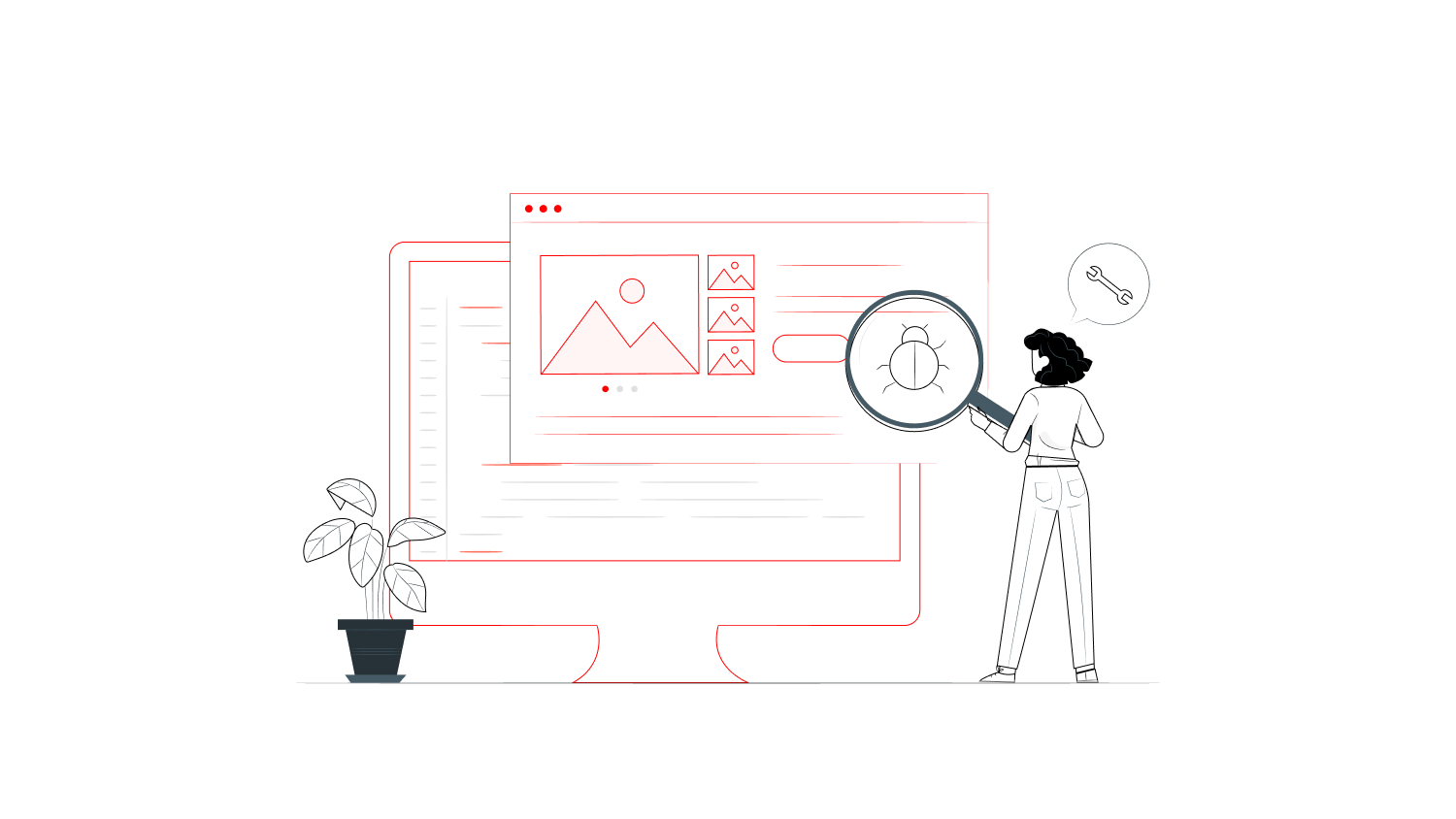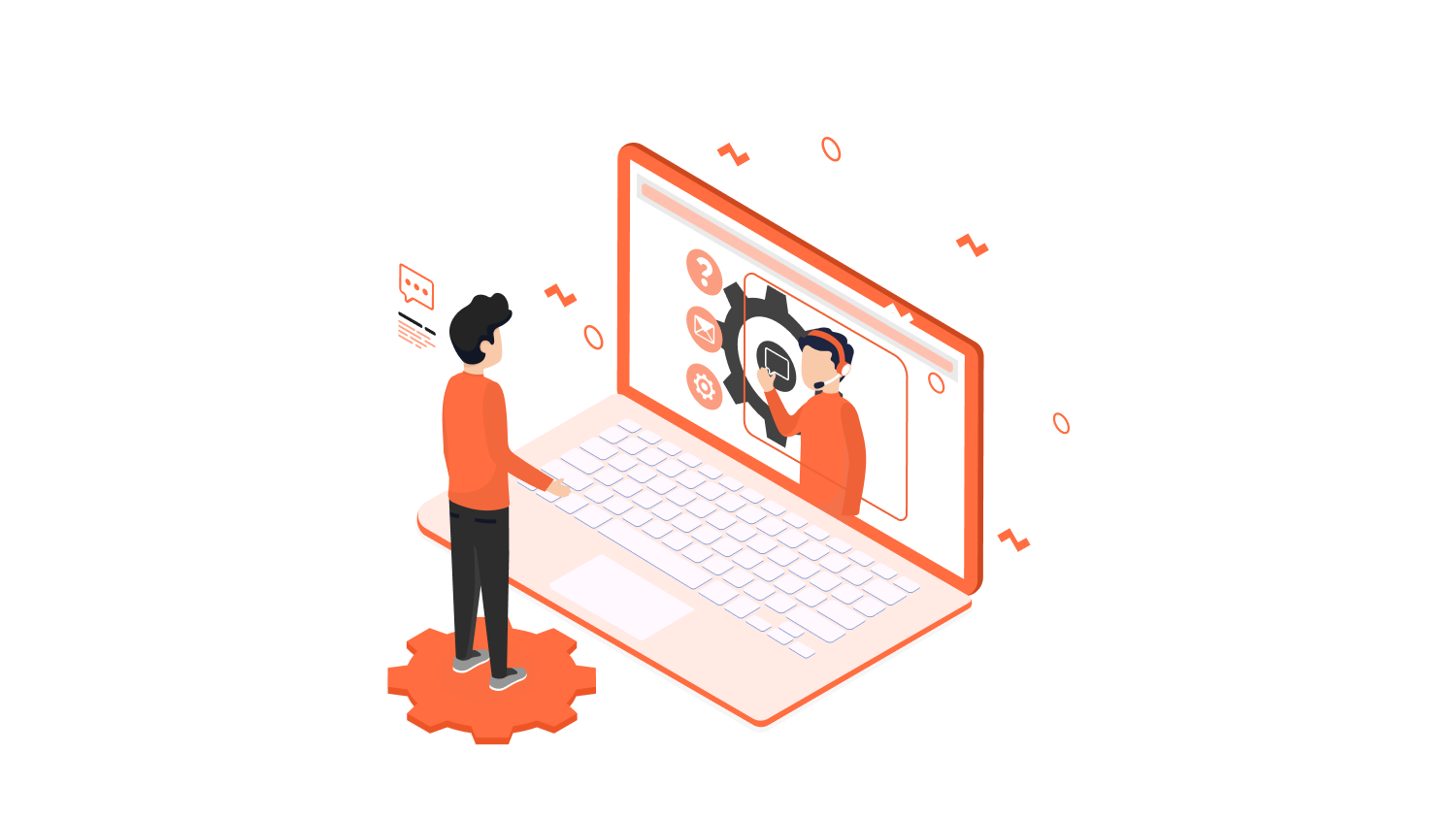ERP Benefits of ERP (Enterprise Resource Planning) software are numerous and provide advantages for businesses of all sizes and types. The successful implementation of an ERP system could result in an efficient workflow and reduce costs throughout the whole organisation. But businesses must think about their purchasing and implementation procedures in advance, otherwise, the outcome can be costly and disappointing.
It can cost anywhere between hundreds of thousands of dollars to millions and require hundreds of man-hours for implementation, ERP software is a large investment in funds, resources, time, and effort.
While the success of an ERP implementation could assist your company in streamlining its process and saving money, a poorly planned and executed ERP rollout can seriously cost companies in terms of productivity loss and delays.
In order to ensure that your ERP implementation goes well or at least limit potential issues, CIO.com surveyed dozens of ERP software experts (IT executives’ consultants, IT executives, and ERP vendors) and asked them to identify the most frequently-made ERP-related mistakes that companies make and ways to avoid or correct these.
The 10 most frequently mentioned ERP system errors and solutions are listed below.

1. Not considering the users (in all departments) when making decisions
In the process of deciding whether to install the ERP software, typically only the approvals of C-level executives are required. But, failing to take into account the inputs of employees regarding how the software affects their current procedures can result in confusion and operational problems in the future.
It is vital to seek out employees, not only from IT but also throughout the entire company from operations, finance manufacturing, warehouse, and manufacturing to ensure that everyone is involved in finding and implementing the best solution in the fastest way feasible.
2. Not comparing alternatives: on-premises vs. cloud-based ERP Software
Companies should take into consideration a variety of factors prior to deciding if an on-premises or cloud-based ERP solution is the best fit for their requirements.
For example, if your cloud-based solution is heavily customised, your IT team might prefer to deploy it on-premises to control the system.
However, customised ERP solutions can be difficult to keep up to date and could leave your business stuck with outdated technology. With an ERP tailored to your industry, the system you choose will offer all the functions you require and more, making extensive modifications a thing of the past.
However, cloud-based ERP software lets companies save on the high upfront costs and the in-house equipment that normally needs a high-priced dedicated IT team. Smaller companies are able to benefit from subscription-based payments, and the majority are able to benefit from SaaS that caters to remote workforce’s requirements.
Although cloud-based computing offers many advantages, certain IT departments might prefer a traditional deployment. Make sure you select the option that best meets the requirements of your business.
3. Not including an industry-specific solution
When you decide to choose the right ERP solution, you will have an important choice to make. You could choose to go with an unspecified ERP system that was designed to be a “one size fits all” solution or select a particular industry-specific ERP software.
Although generic software is more affordable in the beginning, industry-specific software is considered to be an investment for the future of your business. They provide the essential features–for example, accounting as well as human resources and inventory management, as the standard software. But they also bring capabilities that are customised specifically for your business and operational needs.
4. Not Having an Active Load Testing Environment
The most effective way to determine whether your system is up to date, and functioning as you would expect it to be, is to test it. But you’ll not be able to determine exact results from a small sample of test users.
To be able to determine whether your ERP system is operating in the way it should, you have to test an entire load of users to be able to assess the effects of any changes. Making the effort to conduct the right load tests will not only accelerate the implementation but help set your business to be successful.
5. There is No Maintenance Plan
The implementation of an ERP solution could be an extremely time-consuming task. However, the entire process isn’t upfront. Once they’ve successfully implemented the software, businesses should immediately establish an ongoing maintenance plan.
Employees will be aware of what they must do to keep and improve the ERP software frequently, in order to keep it operating efficiently and to ensure it isn’t dated.
A dated ERP solution can leave businesses vulnerable to security threats and flaws within their processes. Choosing a maintenance plan and assigning responsibility makes sure that your ERP software is operating at a high level and is up-to-date.
Here are the 7 things you need to know about maintaining your ERP system.
6. Never thought about the management of change
According to an annual ERP report, companies who are completing ERP implementations discovered that the technical aspects of ERP were easier than managing changes in their employees.
The report explains that the most challenging aspect of managing change is eliminating barriers that prevent employees from taking advantage of the new ERP software. If employees aren’t comfortable with the new system or are satisfied with the old software, the company will have a lower chance of reaping the advantages that ERP can provide.
The businesses that saw the most success, invested the most in training and communication to ensure it was that the ERP solution received the support of the company. Controlling changes across three administrative areas – people technologies, processes, and people essential to speed up acceptance and greater efficiency.
7. Underestimating Accurate Data
Garbage in is garbage out. It is vital to ensure your latest ERP software is configured with precise and clear data. This reduces the chance of mistakes and also makes sure that the appropriate procedures and guidelines are implemented.
ERP solutions can be a fantastic tool that can help you grow your business in ways you’ve never experienced before, however, in the final analysis, ERP software can only perform well if the correct data is delivered to them.
Setting up the system correctly at the start will cause much fewer issues later on in the future. It is recommended to go through every source of data. This could reveal any missing data.
8. Insufficient investment
Companies seek ways to save money, however, an ERP program isn’t one of them. If teams purchase only parts in an ERP system instead of an entire suite that the ERP doesn’t serve its purpose and is not able to reach its full potential.
Teams that purchase only small pieces of an ERP system usually employ their own IT department to develop custom configurations. The issue is that since your ERP system is custom-built to your company this means that your team is unable to anymore rely on the ERP software provider’s resources or service team.
The only people that can solve problems in the event that they are able to, will be IT employees. IT employees who created the problems.
What happens when they leave the company? Do you know who else has the custom code? Are there any updates to the system’s customisations regularly? How about changing the formatting issues that exist between every data set?
Also Read: Startup Guide: Things To Consider When Bringing On Early Team Members
9. Poor planning
We cannot stress enough the importance of planning for an effective ERP implementation. The process of bringing an ERP in line will impact the entire organisation from procurement to engineering and operations.
Therefore it is essential to have an organised plan to manage such a massive project. Many companies don’t make enough planning prior to the start, leading to confusion later on that either delays or stalls the ERP software project completely.
To overcome this issue, manufacturers must think about it first, then plan, and create more plans! Consider how you’re planning to set up the new method, what your goals are, and what departments you would like to begin with. A solid plan that is in place will give you an effective plan to follow and aid you in getting back on track if you do get a bump in the road.
Additionally, the manufacturer should create an ERP software evaluation team including representatives from different departments within the business. This will allow the implementation process to go ahead with fewer issues since there will be an expert in every department to assist in putting the new system in the correct place.
We recommend that you also do an audit internally of your entire process prior to selecting an ERP system so that you don’t only be aware of currently where you are, but also be able to easily identify your current processes and tasks to your new ERP.
10. The misuse of ERP Software
In the absence of training, there is a tendency to mishandle and misuse the entire ERP system. When you create reports specific to your needs or analyse specific metrics, it is essential to use accurate and precise data to get exact results and an accurate picture.
One common error is to alter a manufacturing ERP “instance” for retail data and calculations. The two departments are completely separate from each other and could result in incorrect numbers.
ERP Systems aren’t always clear and the complexities of ERP software shouldn’t be overlooked. There are many potential issues that can arise from your ERP system and numerous ERP options.
There are a few steps that you can take to reduce the possibility of errors. They are:
-
-
- Incorporate money into ERP software team for training.
- Invest in proper ERP implementation.
- Transfer oversight responsibilities to a particular role(s).
-
Wrapping up
The use of Enterprise Resource Planning Software, if properly implemented and maintained, could help in higher efficiency, improved flexibility, and optimisation of resources. It is essential to remain constantly learning to avoid errors and ensure that the software is a success that can benefit the company for many years.
Want to learn more? Contact us now!
Now Read: How to Optimise Your Team for Business Growth.




